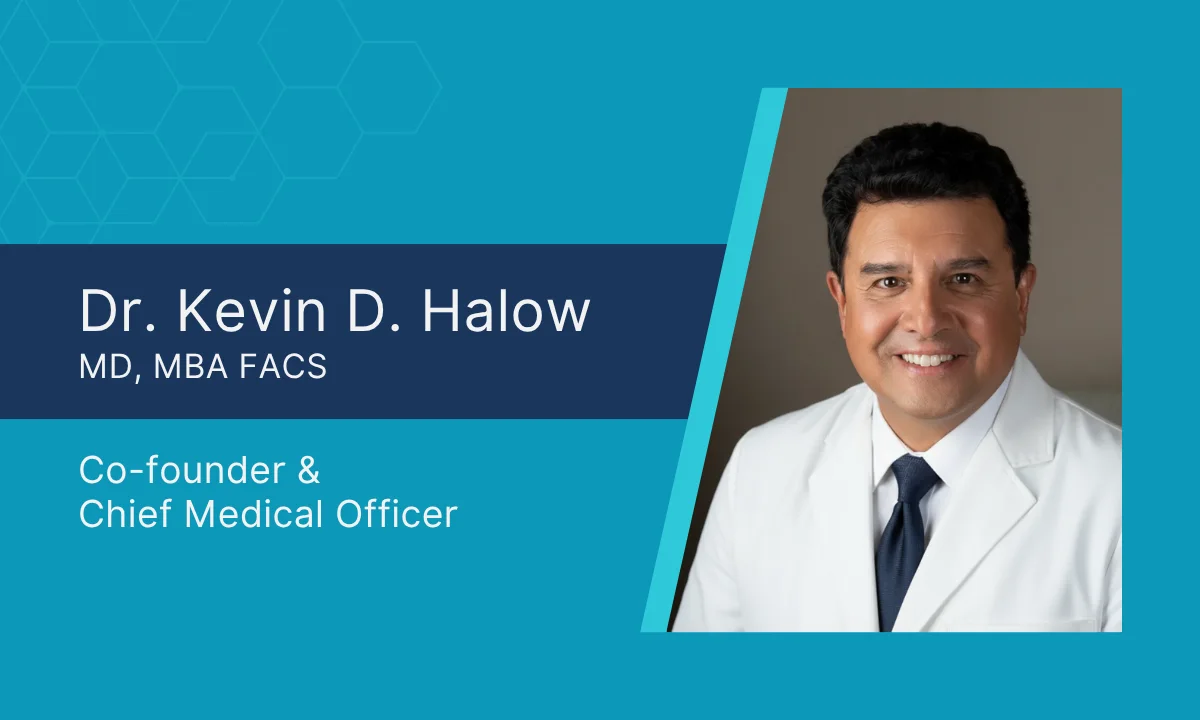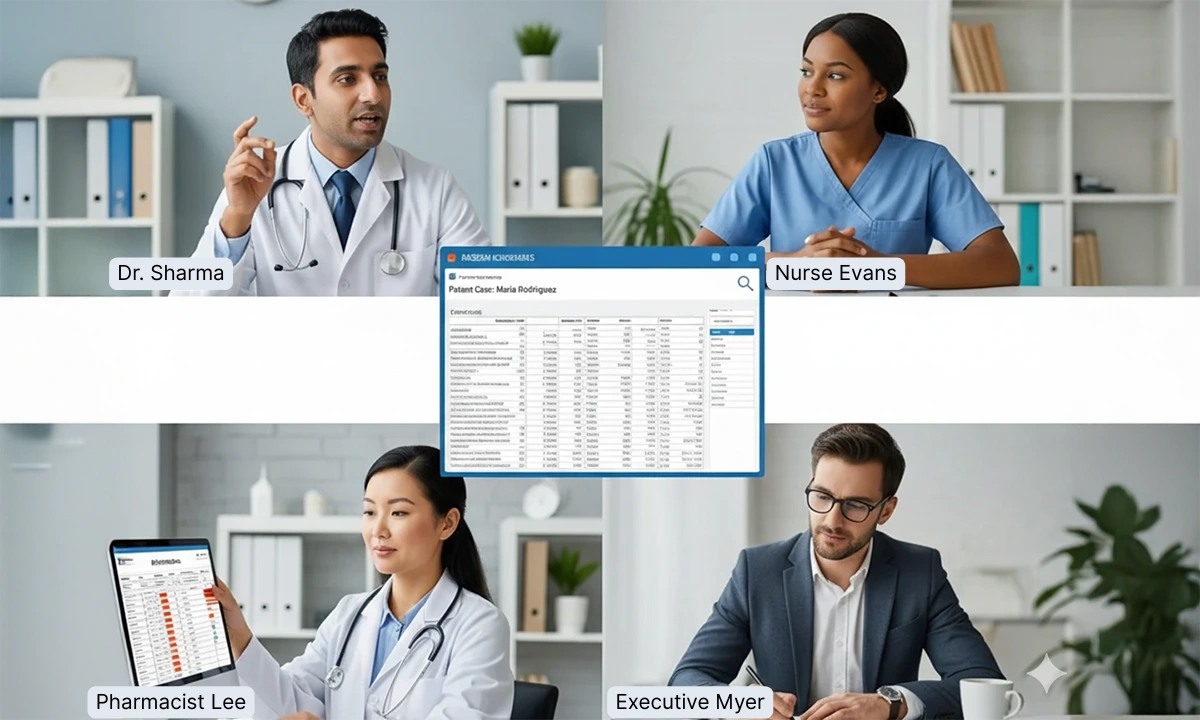Introduction to HIPAA Compliant Communication
In today’s healthcare landscape, secure communication is crucial for safeguarding patient privacy while facilitating seamless collaboration among medical professionals. Given the growing reliance on digital tools, medical practices must use HIPAA compliant messaging platforms and communication methods that adhere to HIPAA regulations to protect Protected Health Information (PHI). HIPAA compliance is not merely about avoiding penalties; it is about fostering trust, ensuring patient confidentiality, and preserving the integrity of healthcare operations. This article discusses key security measures, compliance requirements, and best practices for HIPAA-compliant communication in medical practices.
Understanding HIPAA Compliance in Communication
The Health Insurance Portability and Accountability Act (HIPAA) establishes strict guidelines for handling Protected Health Information (PHI), ensuring that healthcare providers, insurers, and business associates protect patient data from unauthorized access and disclosure. HIPAA-compliant communication includes secure messaging through HIPAA compliant communication apps, encrypted data transmission, and controlled access to sensitive information.
Why HIPAA Compliance Matters
Protects Patient Privacy – Ensures that sensitive health information is not exposed or misused.
Prevents Legal & Financial Penalties – Non-compliance can result in hefty fines and reputational damage.
Enhances Trust & Transparency – Patients feel more secure knowing their data is handled responsibly.
To achieve HIPAA compliance, medical practices must implement robust security measures and adhere to specific regulations governing the use of electronic communication.
Key Security Measures for HIPAA-Compliant Communication:
1. Encryption: Securing Data in Transit & at Rest
Encryption is a fundamental requirement for any HIPAA-compliant communication software or messaging solution. PHI must be encrypted both in transit (when being sent) and at rest (when stored). Secure protocols such as HTTPS, TLS, and AES encryption safeguard data from unauthorized access.
2. Access Control: Restricting Unauthorized Entry
Implementing role-based access control (RBAC) ensures that only authorized personnel can view or modify protected health information (PHI). Healthcare organizations need to define user roles and permissions to prevent unauthorized access.
3. Multi-Factor Authentication (MFA)
Strong authentication methods, such as multi-factor authentication (MFA), are critical for HIPAA-compliant communication and secure platform access, verify a user’s identity before granting access to sensitive data. MFA provides an additional layer of security by requiring multiple verification steps.
4. Secure Data Storage & Remote Wipe Capability
PHI should be stored in a centralized and protected repository with strict access controls. Additionally, remote wipe functionality enables healthcare organizations to erase data from lost or stolen devices, thus preventing unauthorized access.
5. Audit Trails & Activity Logs
Keeping detailed activity logs helps monitor user actions within the system, ensuring accountability and identifying potential security breaches. Regular audits help detect vulnerabilities and reinforce compliance efforts.
Compliance with HIPAA Regulations
Beyond security measures, medical practices must adhere to HIPAA compliance requirements, including:
1. Business Associate Agreements (BAA)
Any third-party service that handles PHI must sign a Business Associate Agreement (BAA), ensuring they adhere to HIPAA guidelines and protect patient data.
2. Regular Risk Assessments
Conducting regular security audits helps identify vulnerabilities and mitigate potential threats. Risk assessments ensure that healthcare organizations stay compliant with evolving regulations.
3. Staff Training & Policies
Healthcare professionals must be trained in HIPAA regulations, secure communication practices, and data protection protocols to ensure the confidentiality, integrity, and security of patient information. Clear policies establish expectations for responsible data handling.
Instant Messaging and HIPAA: Ensuring Compliance in Healthcare Communication
HIPAA-Compliant Texting & Messaging Considerations
Text messaging is a convenient communication method, but it requires additional safeguards:
1. Explicit Patient Consent
Before using a HIPAA-compliant communication app for communicating PHI, providers must obtain written consent, informing patients of the potential risks and benefits.
2. Secure Messaging Platforms
Standard SMS lacks encryption; therefore, healthcare organizations should utilize HIPAA-compliant communication apps or messaging apps with end-to-end encryption.
3. Avoid PHI in Notifications
Push notifications should not display sensitive patient information to prevent unauthorized access to this information.
Best Practices for HIPAA-Compliant Communication
1. Implement Secure Communication Platforms
Medical practices should adopt HIPAA-compliant communication platforms and secure messaging systems that offer encryption, access controls, and audit trails.
2. Establish Clear Communication Policies
Define guidelines for secure messaging, email communication, and data sharing to ensure compliance with relevant regulations.
3. Monitor & Update Security Measures Regularly
Healthcare organizations must continuously assess their HIPAA compliant phone apps and improve security protocols to stay ahead of potential threats.
4. Educate Staff on Compliance Requirements
Regular training sessions ensure that healthcare professionals understand HIPAA regulations and secure communication practices.
The Role of HIPAA Compliant Chat & Secure Communication in Medical Practices
The Future of Secure Healthcare Communication
By implementing these security measures and compliance protocols, medical practices can utilize modern communication tools while maintaining patient privacy and adhering to regulatory requirements. A well-designed HIPAA compliant communication system or texting platform boosts efficiency, enhances care coordination, and builds trust between providers and patients.
As healthcare continues to evolve, secure digital communication will play a vital role in ensuring seamless collaboration and protecting sensitive patient data. Medical practices must stay proactive in adopting HIPAA-compliant technologies to protect patient confidentiality and optimize healthcare delivery.
Conclusion
Ensuring HIPAA-compliant communication in medical practices is crucial for protecting patient privacy, maintaining legal compliance, and fostering trust. By implementing encryption, access controls, secure messaging platforms, and staff training, healthcare organizations can create a secure communication environment that enhances efficiency and improves patient care.
As technology advances, medical practices must continuously refine their HIPAA compliant apps and security strategies to stay ahead of emerging threats and regulatory changes. By prioritizing HIPAA compliance, healthcare providers can establish a trustworthy, efficient, and secure communication system that benefits both clinicians and patients.
Frequently Asked Questions
1. What is HIPAA compliant communication?
HIPAA compliant communication refers to secure methods, such as encrypted messaging apps, email, and voice/video tools, that meet HIPAA regulations to protect Protected Health Information (PHI) from unauthorized access.
2. Why is HIPAA compliant communication important in healthcare?
It safeguards patient privacy, prevents costly HIPAA violations, and builds trust between patients and providers by ensuring all shared medical information remains secure.
3. What security features should a HIPAA compliant communication platform have?
Key features include end-to-end encryption, role-based access control, multi-factor authentication, secure data storage, remote wipe capabilities, and detailed audit logs.
4. How can medical practices ensure HIPAA compliant texting and messaging?
Practices should use HIPAA compliant communication apps, avoid sharing PHI in notifications, obtain patient consent, and implement secure platforms with encryption and access controls.
5. How often should HIPAA compliant communication systems be reviewed or updated?
Healthcare organizations should conduct regular risk assessments, security audits, and staff training to ensure their HIPAA compliant communication tools remain effective against evolving threats.







